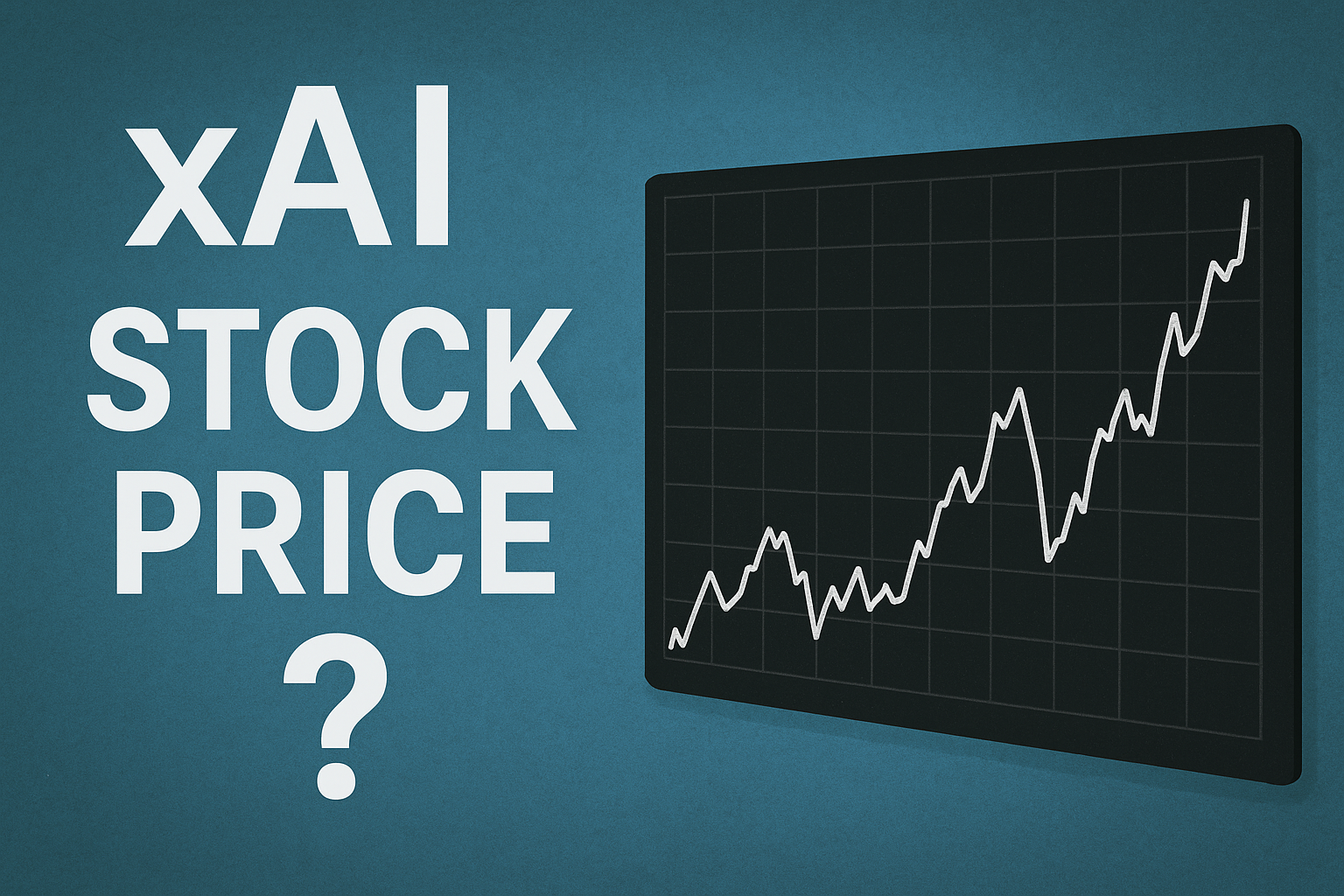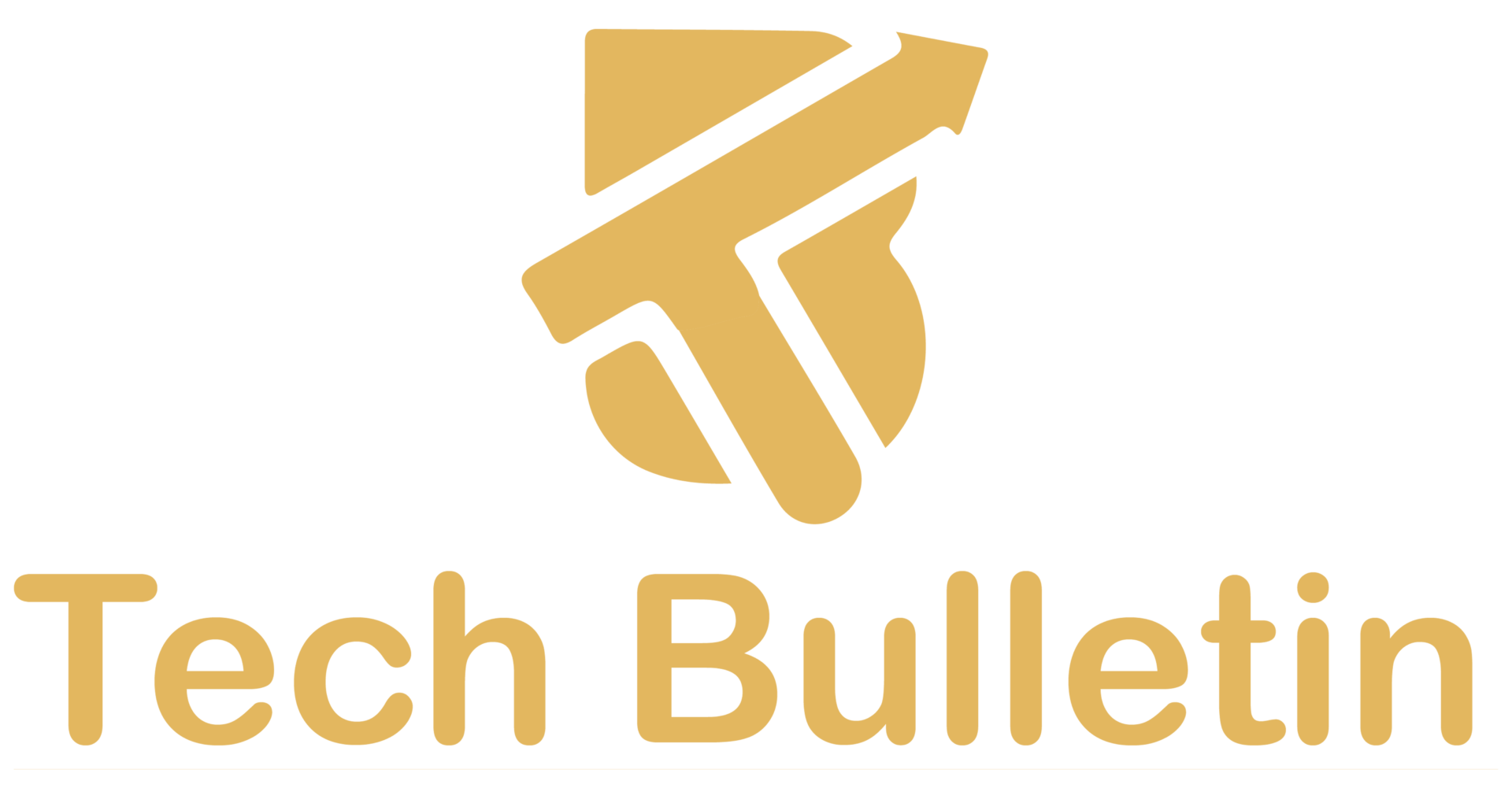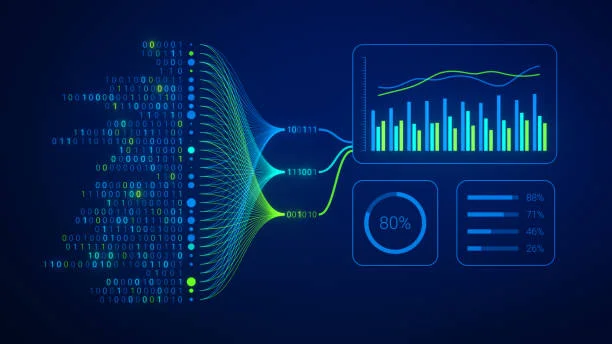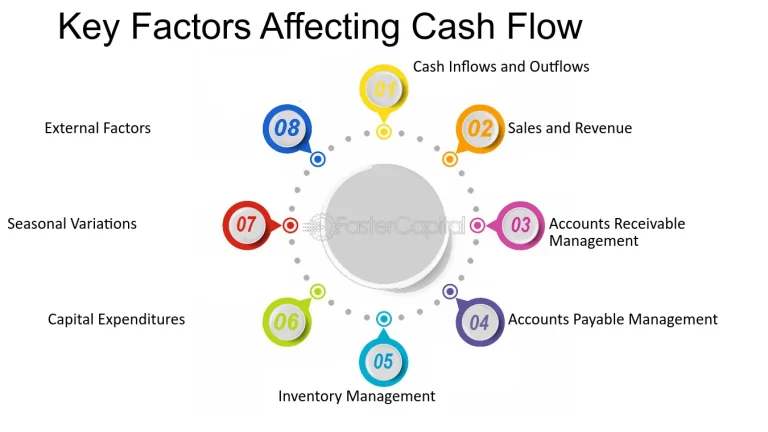Why You Can’t Find an xAI Stock Price — What It Really Means and How to Understand It

If you’ve ever searched “xAI stock price” hoping to see a number pop up like you would for Tesla or Apple, you probably ended up confused. Some sites mention xAI, others talk about “Musk’s AI company,” and a few even show estimated values that look like stock quotes. So what’s the truth?
xAI doesn’t have a stock price because it’s not a publicly traded company. However, there’s still a lot to unpack like how people come up with these “estimated prices,” what xAI actually does, and whether you can ever invest in it.
What Exactly Is xAI?
xAI is an artificial intelligence company founded by Elon Musk in 2023. Its stated goal is to build advanced AI systems that help humanity understand the universe better. It works closely with Musk’s other ventures, including X (formerly Twitter) and Tesla, to train and deploy large language models and other AI technologies.
Unlike many of Musk’s companies, xAI is privately held. That means its ownership is limited to founders, employees, and a small number of private investors. There’s no public ticker symbol, no stock exchange listing, and no official “share price” available for the general public.
Because of Musk’s reputation and the global buzz around artificial intelligence, people are eager to know what xAI might be worth, and that curiosity fuels millions of searches for “xAI stock price.”
Why There’s No Real xAI Stock Price
When you look up companies like Apple (AAPL) or Microsoft (MSFT), you see live numbers because their shares trade on public stock markets. Each second, investors buy and sell shares, creating a visible market price. That’s not how private companies like xAI work.
1. xAI is private, not public
Private companies raise money from select investors; venture capital firms, private equity funds, or accredited individuals. Their shares aren’t listed on a public exchange, so there’s no open market to determine price changes in real time.
2. No ticker symbol
Public companies have stock tickers, such as “TSLA” for Tesla. xAI doesn’t have one because it hasn’t gone through an initial public offering (IPO). Until that happens, there will never be a true stock quote.
3. What people call a price is an estimate
Some financial platforms and analysts calculate estimated prices for private companies based on recent funding rounds or private transactions. These aren’t official prices; they’re just ballpark figures meant to suggest what shares might be worth if the company were publicly traded.
So when you see something like “xAI estimated share price: $42,” understand that it’s not a live quote. It’s an approximation based on limited information.
How Private Valuations Work
Private company valuations can be complicated. They’re not driven by real-time trading but by negotiation and modeling. Here are the main factors:
1. Funding rounds
When xAI raises money, it sells a portion of its ownership to investors in exchange for cash. The amount investors are willing to pay determines the company’s valuation. For example, if investors put in $1 billion for 5% of the company, that implies a total value of $20 billion.
2. Comparable companies
Analysts often compare private companies to similar public ones. If public AI companies trade at, say, 10 times their revenue, that multiple might be used to estimate xAI’s worth.
3. Secondary market trading
Sometimes employees or early investors sell shares on private secondary markets. The price from these limited trades can influence perceived value; though these deals happen infrequently and may not represent the company’s full picture.
4. Market sentiment
Because Elon Musk is involved, media attention can significantly sway how people perceive xAI’s value. That perception, even if not tied to financial data, often influences valuation estimates.
Can You Buy xAI Stock?
For now, you cannot buy xAI stock through public exchanges like you would with Tesla or Microsoft. However, there are a few limited scenarios where investment might be possible:
1. Accredited investors
Certain private trading platforms allow “accredited investors” (those with high income or net worth) to buy or sell shares of private companies. These trades usually come from employees or early backers who own small portions of the company.
Even then, these deals are tightly regulated, illiquid, and risky. Prices vary widely depending on who’s selling and how much demand there is.
2. Waiting for an IPO
Eventually, xAI might decide to go public. When that happens, it will file with the SEC, pick a ticker symbol, and sell shares on an exchange. Only then will a real-time xAI stock price exist for the general public. Until that point, the only prices you’ll see are informal estimates or private sale values.
How xAI Stock Price Estimates Are Calculated
When people see an xAI stock price listed online, they often assume it’s an official number, but it’s not. These are xAI stock price estimates, based on models and calculations analysts use to guess what the company’s shares might be worth if they were publicly traded. Let’s break down how this estimation process typically works, step by step.
Step 1: Start with the Latest Funding Round
The first and most important step in estimating the xAI stock price is to look at the most recent funding round. When a company raises money from investors, it agrees on a valuation; basically, how much the company is worth at that moment.
For example, if xAI raised $6 billion from investors at an $80 billion valuation, that $80 billion becomes the foundation for all further calculations. It’s the clearest signal of what private investors believe xAI is worth right now.
Step 2: Estimate the Number of Shares
Once the overall valuation is known, analysts estimate the total number of shares the company has issued. This step helps translate the company’s total value into a per-share price. For instance, if xAI has 2 billion shares in circulation, dividing the $80 billion valuation by 2 billion gives an implied share value of $40 per share. That number represents a theoretical “xAI stock price” if the company were traded publicly today.
Step 3: Adjust for Secondary Trades
After determining that rough share value, analysts look at secondary market activity, that’s where early investors or employees might sell their shares privately. These deals don’t happen often, but they can reveal how buyers and sellers value xAI in real life.
If private trades occur above $40, analysts may revise the estimate upward; if they happen below that mark, they might adjust it downward. It’s a bit like checking what used cars are selling for to confirm what the market really thinks something is worth.
Step 4: Apply Liquidity Discounts
Finally, analysts apply what’s known as a liquidity discount. Because xAI’s shares aren’t freely tradable like those of Tesla or Apple, it’s harder for investors to buy or sell them quickly. To reflect that risk, analysts often reduce the estimated price by 20% to 40%.
So even if the implied price is $40, the “realistic” effective price might fall closer to $25–$32. This discount helps make xAI stock price estimates more conservative and realistic. ALso Read On Is xAI Publicly Traded? Everything You Need to Know (2025 Guide)
What to Watch for Before an IPO
If you’re tracking xAI’s future, keep an eye on these signs:

- Regulatory Filings: The most obvious signal that xAI is preparing to go public would be regulatory filings. In the United States, companies must submit documents to the Securities and Exchange Commission (SEC) before launching an IPO. These filings disclose key details like revenue, profit, ownership structure, and business risks. If xAI files such paperwork, it becomes public information and spreads quickly across financial news outlets. So, if you ever see headlines about xAI submitting IPO documentation, that’s your first real confirmation that a public listing and an official xAI stock price is on the horizon.
- Major Funding Rounds: Another big clue comes from large funding rounds. When private companies start raising billions of dollars from investors, it’s often a sign they’re gearing up for future growth or public listing. These rounds help strengthen financial stability and investor confidence; two essential ingredients for a successful IPO. If xAI secures another massive round of funding, that could indicate it’s moving closer to being ready for the stock market. Think of it as the company’s way of building momentum before stepping onto the public stage.
- Strategic Mergers or Acquisitions: Keep an eye on strategic mergers and acquisitions involving xAI. When a company restructures, acquires another business, or merges with a related firm (like X, formerly Twitter, or even Tesla’s AI divisions), it often signals internal preparation for scaling up operations. These moves can simplify ownership structures, boost data access, or align technologies; all steps that make an IPO smoother down the road. If xAI starts consolidating assets or making bold business moves, it might be setting the stage for its public debut.
- Employee Share Programs: A subtler but equally important signal comes from employee share programs. When private companies expand stock option plans for workers, it usually means they’re preparing for life as a public company. These programs let employees buy or earn shares, which later become tradable once the company goes public. If xAI starts issuing more employee stock or adjusting how it values internal shares, that’s another quiet but meaningful hint that an IPO could be in the works.
Should You Try to Invest Early?
It’s easy to assume that getting in early on an Elon Musk company like xAI means guaranteed success, but early investment isn’t always as glamorous as it sounds. Buying into private companies before an IPO involves serious risks that most retail investors should approach with caution.
Private shares are notoriously illiquid, meaning you can’t sell them whenever you want. The xAI stock price estimates floating around online may be based more on hype than hard financial data, and only accredited investors are typically allowed to participate in such private offerings due to strict regulatory restrictions.
Even then, early-stage ventures can face setbacks or fail entirely, leading to potential losses. For everyday investors, the smarter move is often to wait until xAI becomes a public company, when full financial disclosures, audited reports, and real-time trading prices make investing far more transparent and less speculative.
When Could xAI Go Public?
There’s no confirmed timeline for an xAI IPO. Elon Musk tends to keep such decisions close to the chest. Historically, he’s delayed or avoided public offerings until his companies are financially stable and mission-driven rather than pressured by short-term market expectations.
If xAI continues growing and generating revenue, a public offering might occur within the next few years. But that’s purely speculative; no official plans have been announced.






